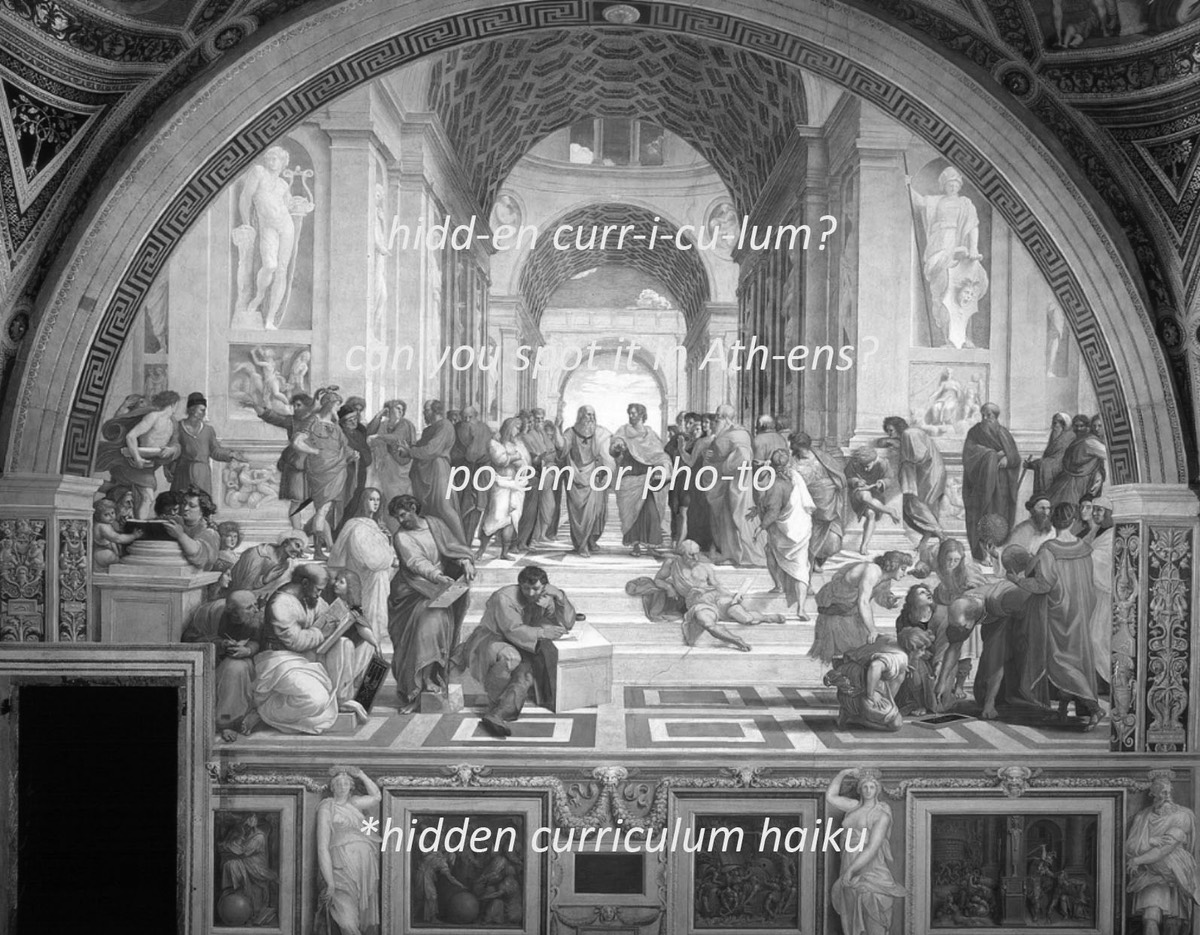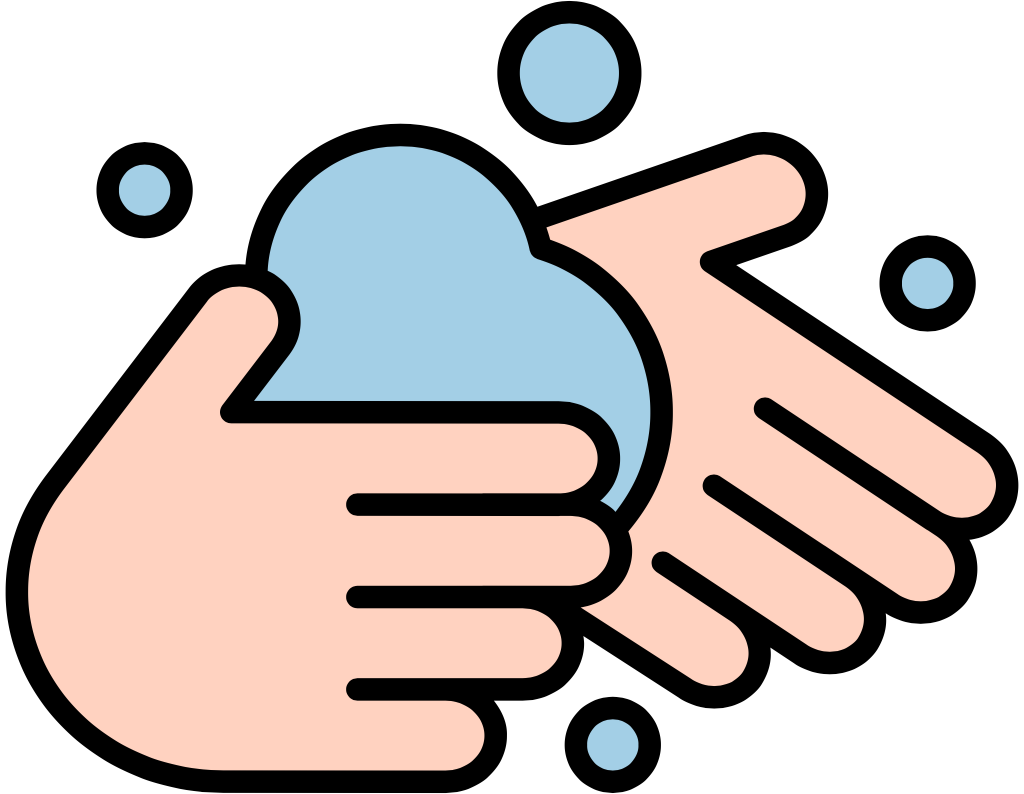The Hidden School
The Use of Poetry and Photography to Reveal Aspects of the Hidden Curriculum for Critical Reflection
Downloads
DOI:
https://doi.org/10.51588/eaaeacp.16Keywords:
hidden curriculum, autoethnographic, poetry as mode of practice, photography as mode of practice, curriculum-in-actionAbstract
The hidden school is implicitly experienced, embodied and perpetuated by staff and students through the hidden curriculum, defined by Sambell and McDowell (2006) as those aspects of the curriculum ‘implicit and embedded in educational experiences, in contrast with the formal statements about curricula and surface features of educational interaction’. Kolberg and Meyer (1972) regard the behavior of the teacher as complicit in the production of hidden curriculum, positing that ‘the hidden curriculum arises when an educator splits his/her own life from the act of teaching.’
How to Cite
Hooper, A. (2019). The Hidden School: The Use of Poetry and Photography to Reveal Aspects of the Hidden Curriculum for Critical Reflection. EAAE Annual Conference Proceedings, 84–87. https://doi.org/10.51588/eaaeacp.16
Published
2019-08-28
Issue
Section
Presentation Abstracts
License
Copyright (c) 2019 Alan Hooper

This work is licensed under a Creative Commons Attribution 4.0 International License.





